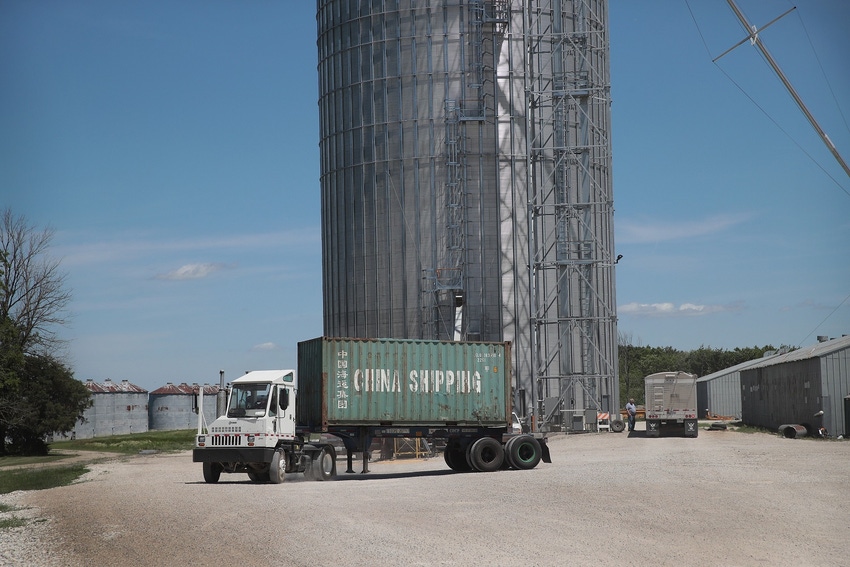
By Isis Almeida and Mario Parker
When the U.S. forged a trade truce with China last month, President Donald Trump boasted that the largest soybean importer was back to buying “tremendous amounts” of American supplies.
Chicago futures rallied in the days around the accord. But in the weeks since, prices have retreated as the benefits for China become clearer.
While both Chinese buyers and U.S. farmers are casualties of tit-for-tat tariffs, the truce initially was seen as a major boon for American suppliers, with expectations of about 10 million metric tons in Chinese purchases. But China is said to have bought about half that amount and, by dipping its toe back into the U.S. market, it not only generated goodwill for the trade talks, it also managed to lower the premium for soy from Brazil, its other major supplier.
“Was that all strategically planned? I don’t know, but the Chinese got the best of both worlds," Steve Nicholson, a senior analyst at Rabobank, a leading lender to the agricultural industry, said in an interview. “They’re some of the best traders in the world.”
Last year, the Brazil premium skyrocketed after China slapped a retaliatory tariff on U.S. beans and Chinese buyers stepped up South American purchases. The price gap between Brazilian and U.S. crops narrowed to just $4 a ton earlier this month from $20 about a month ago, said Tarso Veloso, an analyst at Chicago-based consulting firm AgResource, which advises growers in both countries.
Brazil Bargains
For the U.S., that means China is probably going to revert to buying beans from Brazil when supplies from the current harvest start filling silos at top ports from February or March, Veloso said. Brazilian growers planted soybeans earlier than usual last year, partly because they expected to benefit from the U.S.-China trade war and the weather was favorable.
“The main beneficiaries from this whole process were the Chinese,” Veloso said. “They bought cheap soy in the U.S. and they will now buy cheap soy in Brazil. Their decisions have huge sway in the international market.”
The collapse of premiums in the Brazilian market could also hit the U.S.’s ability to ship to other nations. The European Union, which typically sources soy from Brazil, had turned to the U.S. due to low prices. EU imports of American soybeans more than doubled this season, with the U.S. overtaking Brazil as the biggest seller to the bloc.
Even if a definitive trade deal gets done within the 90-day truce, it would still take some time for China to buy American soy because of harvests in Brazil and Argentina, Rabobank’s Nicholson said. Cargill Inc., one of the world’s top agricultural commodity traders, warned in December that the U.S. had probably already missed the best window to sell to China.
"Brazilian soy will be cheaper," Veloso said. "China has done its goodwill buying. After that, market prices will dictate."
A trade resolution at the end of next month wouldn’t necessarily prop up prices. Brazil and Argentina will be shipping their new harvest by then, competing with U.S. supplies that have been piling up for the whole season. The nations would also be competing for reduced demand from China, where the spread of a African Swine Fever, a deadly pig disease, is cutting the need for soybeans.
"A trade deal with China would set the stage for a potential price war as Brazil, Argentina and the U.S. fight for smaller Chinese demand," said Arlan Suderman, chief commodities economist at futures and options brokerage INTL FCStone Inc.
About the Author(s)
You May Also Like




